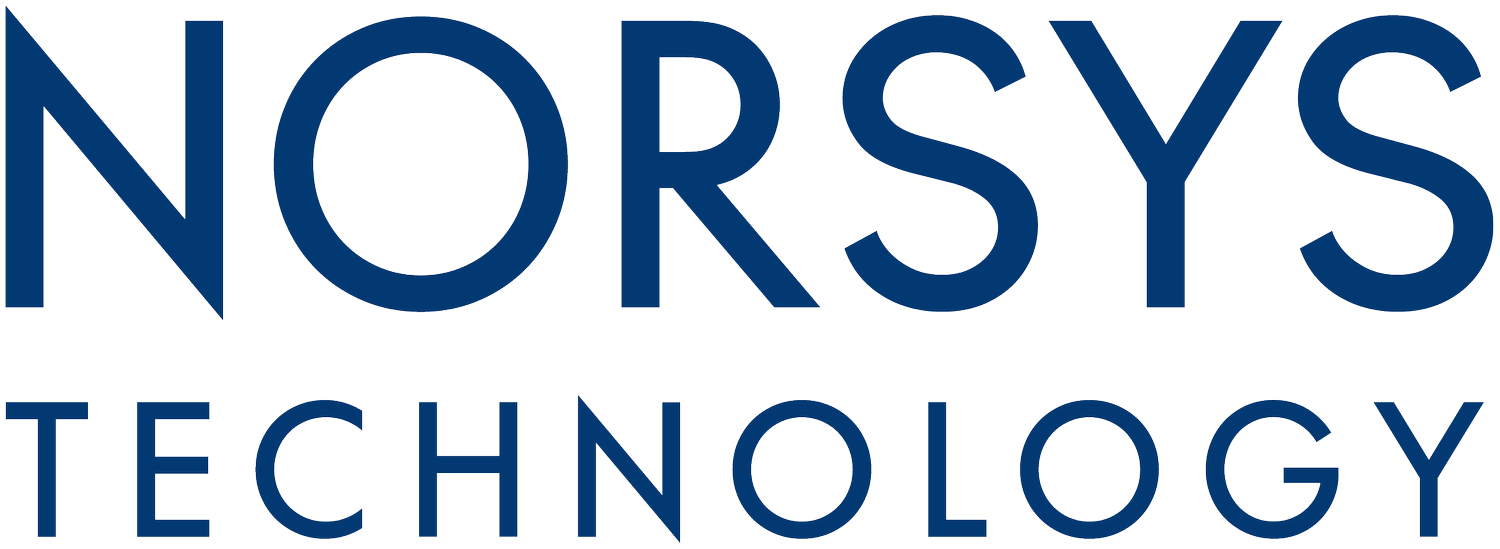Map your Workforce Value and Elevate your HR Strategy with Minitab Workspace
How can Human Resource (HR) leaders effectively harness the power of data-driven decision making to achieve their goals? The HR department plays a large role in leveraging information to optimize workflow and empower employees. Further, HR's support towards management is crucial, as strong, well-equipped managers are essential for building successful teams that ultimately drive organizational success. Minitab Workspace offers a powerful toolkit that allows your team to clearly visualize, optimize and map business value better than ever before.
To explore this topic further, we sat down with Emily Steinkamp, Director of Global Learning and Development at Minitab, to discuss her experience using Workspace for her team’s data management needs:
Our Interview with Emily
Q: Can you walk me through a particular HR project where Workspace played a pivotal role? What did you use, what challenges did it address, and how did this tool contribute to the solution?
A: One of my favorite forms in Workspace is the Competency Matrix. A primary responsibility within my role is to support the business in identifying the core competencies each department needs for success. In the aftermath of COVID, HR has seen a significant change in the landscape of what skills employees need to be successful. Minitab takes a deep dive into what skills we will need to evolve our workforce in the next 1 to 3 years.
One challenge I encountered was tracking the specific actions department leaders were taking for individual employees based on our competency mapping data. Through this form, I can create dashboards for my business clients that capture core competencies and what support each employee is being offered to ensure proficiency within that skill. In this view, a leader can identify what competency needs to be further developed within a team and who on the team is strong within that skill. Workspace makes it easy to capture notes related to each employee’s learning journey, as well as see who may need additional support.
Q: Given the positive impact of Workspace, how do you see its role evolving within your department in the future? Are there any new ways you'd like to explore its use for your needs?
A: A primary focus is to create resources that empower our people managers to effectively guide, develop and lead their teams toward successful outcomes for the business. I wanted to create a virtual toolbox of resources that managers would have on demand to use with their teams. With Workspace, I realized the work was already done for me with the numerous forms that were applicable to the objectives I wanted to achieve.
Workspace forms set a manager up for success in how they develop their employees in three core areas: thought, results and people.
Tools like the Fishbone Diagram and forms like the Impact vs. Effort Matrix are great to guide employees on how to make better decisions. To empower staff in driving results, planning, prioritizing and directing their work, forms like the Gannt Chart or Five Whys provide resources to capture their tasks and create dialogue. So, as their manager, you can better understand employees’ thought processes and guide them accordingly.
Lastly, every manager should always look for ways to better connect, communicate and develop their team’s talent. Forms like the RACI chart and the 30-60-90 Action Plan are great for creating clear expectations without overwhelming or underestimating employees.
Q: Were there any initial challenges or hurdles your team faced when implementing Workspace? What advice would you give to other HR departments considering adopting these tools?
A: The initial challenge was recognizing that every team has different needs. Workspace’s main function is for quality improvement. There are ways we had to adjust and use the forms differently to equip our managers with valuable tools to drive results through their teams.
Many companies struggle with setting clear expectations, developing talent and managing complex projects. Workspace empowers leaders to tackle these challenges by fostering seamless collaboration, regardless of location.
Want to hear more from Emily about Minitab Workspace and HR? Watch our webinar to see how to make data-driven decisions that support a thriving workforce.
Q: In what ways has using Workspace impacted employee engagement and experience within your team?
A: I support learning and development within my team. The biggest win for us is having access to software that captures multiple phases of our design processes. In addition to the pre-created projects in Workspace, we can pull additional forms to create projects that align to our job scope.
Q: In your opinion, how will Minitab solutions continue to shape the future of HR?
A: The main objective of HR is to support businesses in making strategic decisions. HR is no longer just a transactional department in a company. To be strategic, we must improve productivity, evolve employee performance and develop the workforce. With Workspace, HR professionals have the framework within the tools to brainstorm, ideate and plan. Focus on what matters, not where your information lives.
Workspace: Your Personal and Essential Toolkit
Emily's findings are particularly valuable in demonstrating how Minitab Workspace can be leveraged to address these critical challenges. Through these examples, it became clear that Minitab Workspace empowers HR departments to transform data into actionable insights. As the future of work unfolds, data will continue to play a central role in HR success. Minitab Workspace can assist HR departments in gaining a deeper understanding of their workforce, building a more strategic talent management approach and ultimately contributing to a more competitive and successful organization.
Curious how data management can improve your HR strategy? Sign up for a free trial of Minitab Workspace now.
Original post by Alyssa Sarro for Minitab

